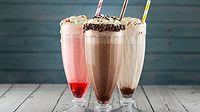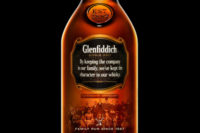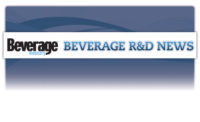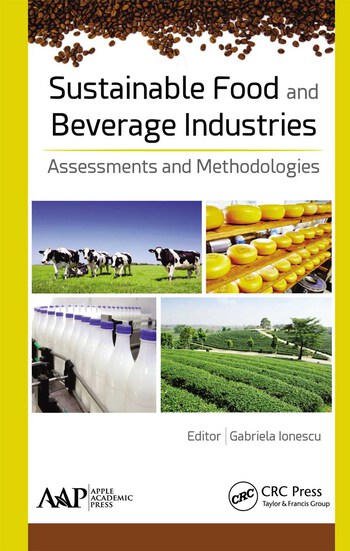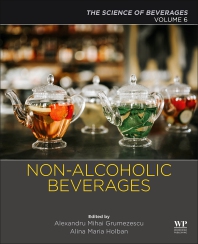Global New Products
As South American consumers become more affluent, product launches in the region have become more upscale. This is particularly true for alcohol drinks, where super-premium vodkas are starting to build a following. The prevalence of natural ingredients also has increased, with people prepared to pay extra for what they perceive will be a better-tasting beverage.
The past year has witnessed the launch of numerous
premium vodkas into the South American market, highlighting the growing
popularity of vodka among consumers. Pernod Ricard has released Wyborowa
Vodka, an 80 proof ABV vodka made from wheat, in Brazil. The beverage is
packaged in an unusual way: Reflecting Brazil’s warm climate, it
comes in a plastic thermic bag that keeps the liquid cool.
Also recently launched in Brazil are Level Vodka from
Vin & Sprit, and Grey Goose Vodka from Bacardi. These super-premium
vodkas have high price points to match — Level is priced at more than
$52 and Grey Goose is around $54. By pricing their vodkas so highly, these
manufacturers are betting that consumers in the region will pay handsomely
for quality.
Wine has experienced less substantial growth than
vodka, however, manufacturers are creating more innovatively packaged
wines. One recently launched South American wine is Ironwine from Gargantas
de Lata, which replaces the traditional glass bottle with a specially
constructed can. Ironwine is tagged as the first wine to reach the market
in 345-ml. aluminum cans that contain a lining that ensures the liquid
never comes into contact with the aluminum. This helps preserve its natural
flavors and aromas, illustrating how new packaging types can be marketed as
enhancing a product's key characteristics.
Meanwhile, Cia da Banana recently launched Banana
Crème Liquor in Brazil, promoting as being the first liqueur made
from actual bananas. Bananas haven't been the most popular choice for
liqueurs in recent years: they were only the seventh most used flavor in
liqueurs in South America for the 12 months to May 2006. Nevertheless, the
use of actual bananas in the ingredients exemplifies a general trend for
promoting natural products in food and drinks. In South America, 14 percent
of alcohol beverage launches in May 2005 to 2006 were touted as containing
“natural” ingredients of some form or other.
Vicky McCrorie is a senior editor for Datamonitor, a
New York-based global provider of online data, research and analysis. For
more information, contact Anne Bourgeois at pr@datamonitor.com,
212/686-7400 or visit www.datamonitor.com
